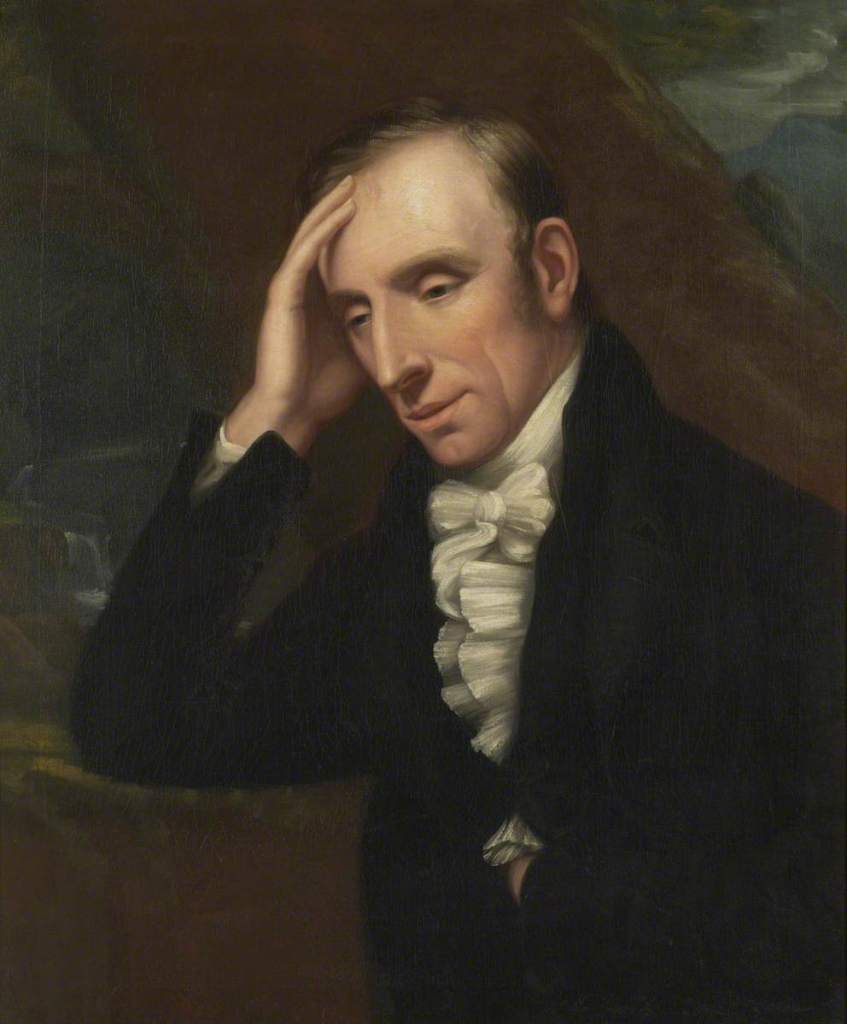Nirvana frontman Kurt Cobain died 27 years ago, aged 27. Between his rock star persona and gentle offstage aura, it’s hard to reconcile Cobain’s humanity with his legend status. But in 1993, Canadian journalist Erica Ehm did just that, in a now-famous interview for MuchMusic.
Warning: this article mentions drug use and suicide, and may be disturbing for some readers.
Kurt Cobain – lead singer and guitarist of the wildly famous grunge rock band Nirvana – died by suicide on April 5, 1994, at the age of 27. This year marks the 27th anniversary of his passing, which means he’s now been dead as long as he was alive.
Why commemorate an artist’s death? Perhaps because their exit from the world is so heavily marked by their artistic contributions. There’s a legacy left behind in those moments – the person is grieved by family, friends, and people who never knew them personally but appreciate their art, their work, or their public persona.

Being part of the “27 Club” means being enshrined in myth forever: Cobain’s legendary status is unarguable. Nirvana has sold 75 million records worldwide. Nirvana T-shirts are still worn by fans (and non-fans) daily. And just last year, Cobain’s 1959 Martin D-18E acoustic guitar (used at the band’s famous 1993 MTV Unplugged session just five months before his death) became the highest-selling guitar in history, fetching $6 million USD at auction.
Nirvana’s fame wasn’t easy for Cobain, however. The three-piece band, whose final lineup comprised Cobain, bassist Krist Novoselic, and drummer Dave Grohl (now Foo Fighters frontman), became superstars almost overnight. Their career yielded just three studio albums: Bleach (1989), Nevermind (1991), and In Utero (1993). Growing commercial pressures after Nevermind‘s success contributed to Cobain’s fear of “selling out”. His depression, coupled with an addiction to heroin, would lead to his premature death. A few overdoses, an intervention from family and friends, and an aborted rehab stay ended in tragedy with Cobain’s suicide – he shot himself in his Seattle home less than a year after Nirvana’s third album was released.
I first picked up Nirvana as an angsty teen (I mean, is there any better time for it?) starting university. The band’s legacy was already written, and I was just jumping in. Yet the music still resonated, 20 years after Nirvana’s unplanned dissolution. Their lyrics, often scathing critiques of society, still apply today.

Although he’s venerated as a progressive punk rock icon, feminist, and empath, Kurt Cobain wasn’t known for his effusiveness. He was sensitive and self-critical; bandmates and friends commented that he was always overthinking, and it bothered him to hear about sexism, homophobia, racism, rape, and other injustices. In interview footage, he often appears spaced-out, moody, and taciturn.
Many musicians dislike interviews, which is understandable given their rigorous schedules. Between songwriting, rehearsals, recording, and touring, journalists don’t get many chances to speak to band members outside rare periods of downtime. Add the fact that musicians are often asked the same questions repeatedly, and it’s no wonder we sometimes see gruffness, apathy, or all-out exhaustion during interviews. Once a musician or artist dies, these interviews become like gold – valuable snippets into their creative processes, insights, opinions, and personalities.
As a historian and lover of old stuff, I often find myself getting into media after its creator has died. I read and watch interviews to better understand the artist behind the work. I want to get closer to their personality, to recognize them as a human being. It’s the best way to spot mannerisms and offstage persona, which can often be very different from the impression given while performing. After they’re gone, the life of a musician often achieves a mythical existence. The person can no longer contribute to the narrative; they can’t speak for themselves. They’re defined by their overall legacy. That’s why existing interviews become such treasured glimpses into their essence as a person, especially when recorded on video.
And if the interviewer manages against all odds to get something special, it becomes iconic.

This is where Erica Ehm comes in. A Canadian journalist and longtime VJ at MuchMusic, Ehm interviewed numerous musicians during her time at the television station (1985-1994). Her 1993 conversation with Kurt Cobain is one of her most famous interviews, if not the most famous. It was late summer in Seattle, Washington. Ehm had been sent out to interview Cobain for the release of In Utero.
Each of us [journalists] was asked to set up our cameras in a nondescript hotel room, and assigned a short window of time with each band member. As soon as one interview would wrap, they’d be escorted to the next. It’s an impersonal grind. For alt rockers like Nirvana, it must have been a mind-numbing process.
I knew I’d have to stand out to get a decent interview with Kurt. My hope was to make him see me as more than another faceless media type.
Erica Ehm in 2019
The extended cut of the now-famous MuchMusic interview has over 10 million views on YouTube, and is well-regarded among Nirvana fans and music journalists. Fans often remark on how genuine Cobain seems in this interview – charming but pensive, and most importantly, relaxed. It’s hard to tap into the authenticity of a person in just a few minutes’ conversation, but Ehm does this well by balancing music-related questions with more personal ones. It’s a candid talk by the water, with low-key (if sometimes erratic) camera work. Cobain seems comfortable and Ehm is professional yet casual.

For my interview with Kurt, I came prepared to talk about his album, touring and other standard questioning the record company expected. However, it was the quirkier ones like “What are you reading?” or “Why would you bring a baby [into] a world that you hate?” that allowed him to reveal a bit of himself to us.
Erica Ehm
It’s a point of pride that it was a Canadian who captured such a meaningful interview. Ehm treated Cobain like a person rather than a commodity (even though he’d begun to feel like the latter over the last few months of his life, as the pressures of fame mounted and his depression and addiction worsened). He was already becoming a symbol, yet Ehm’s approach transcended that: she asked about Kurt the human being, not Kurt the performer. To me, watching this as a music enthusiast, Ehm’s thoughtfulness felt far away from the usual intensity of the music industry. It’s hard to believe that this interview took place on a day crammed full of press for Cobain – it feels like a one-off conversation on an average day.
Not much about Cobain’s life at that point was very “average”. He’d become a rock star in next to no time, and was dealing with copyright infringement and sensationalist press pieces, being interviewed by dozens of journalists. Yet the thing that brought him the most joy – and Ehm seemed to intuit this – was talking about his wife, Courtney Love, and their baby daughter, Frances Bean. These personal insights grant us a glimpse into the life of someone whose fame was so huge that a respite into the everyday was more than welcome.
It’s hard to say what would’ve happened with Cobain and Nirvana had he not died in early 1994, only a few months after this interview. But one thing is certain: his death cemented his status as an icon and an inspiration to many. As per the Neil Young lyrics quoted in Cobain’s suicide letter, he did indeed “burn out” rather than “fade away”. He never had to slip slowly into obscurity or irrelevance, because he died at the height of his and Nirvana’s acclaim.

Ehm’s interview is a big part of the Nirvana “canon” for those learning about Cobain for the first time, a piece of remembrance for those already familiar. Her work in bringing out his personality for us to see and appreciate – which shows us his uniqueness as a person – helps ensure Cobain is still loved and celebrated even 27 years after his death. He preached empathy, acceptance, love for others and self-love, making people love him not just as a musician, but as a human being. In this case the artist is very much intertwined with the art, and the band’s sincerity has immortalized them in the hearts of rock fans worldwide.
Nirvana continues to resonate, and in the words of Dave Grohl, Kurt Cobain “has become something more than a human being to others.” But apart from his talent, it’s his humanity that people latched onto in the first place – and skilled interviewers like Ehm helped preserve it for the ages.





